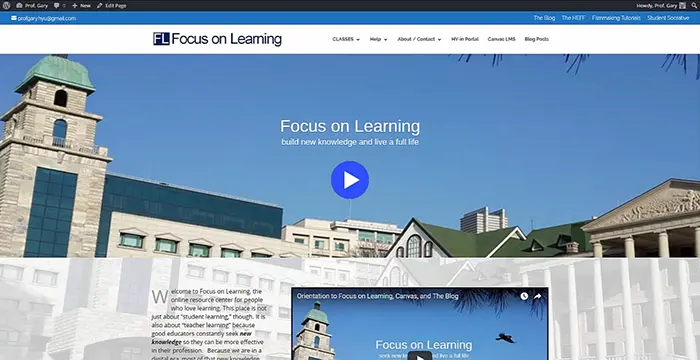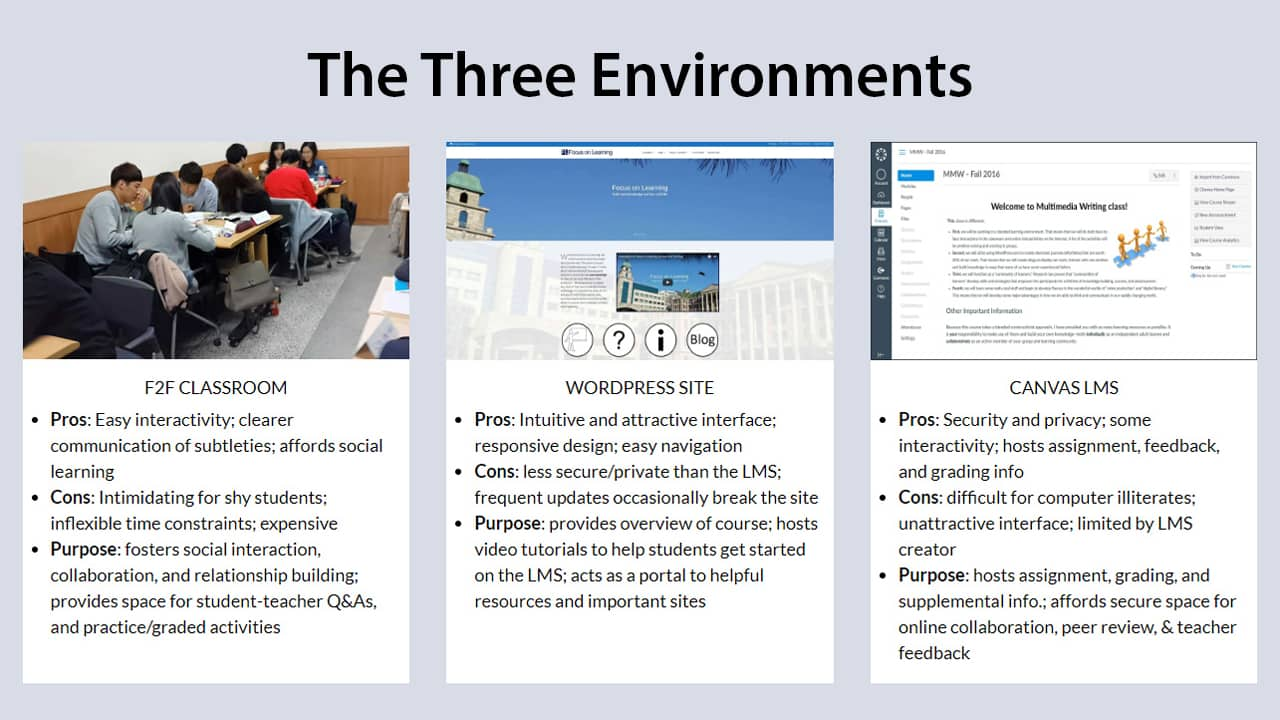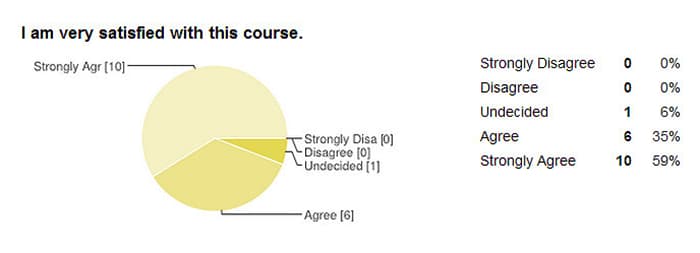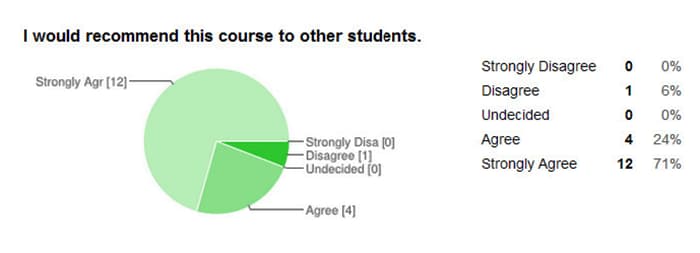Constructivist Redesign of Blended Learning Course
Refining EFL Instruction with Constructivist Pedagogy
A Learning Designer’s Journey to Amazing Outcomes
Introduction
In 2012, my journey to develop a blended English as a Foreign Language (EFL) course in multimedia writing at Hanyang University, Seoul, Korea, began. Originally grounded in traditional educational models, this project transformed into a profound learning and instructional design awakening for me, marking the start of my evolution into a learning designer.
Background
Commissioned by the College English Education Committee (CEEC) and with my academic future at the University of British Columbia (UBC) in view, I was initially blind to the shift towards constructivist instructional design. My early course proposal, rooted in objectivist principles, aimed at straightforward content delivery via Web 1.0 technologies, neglecting the interactive and collaborative potential of constructivism.

The Awakening
My perspective shifted radically after enrolling in the MET Program at UBC, particularly through courses like ETEC 510 and 532. These experiences, enriched by scholarly readings and discussions, illuminated the importance of learner interaction, community engagement, and the pivotal role of learners in co-constructing knowledge. This insight forced a comprehensive reevaluation of my course design strategy, igniting my transition towards instructional design.
Redesigning for Constructivism
Embracing a constructivist approach, I integrated Web 2.0 technologies to foster peer interaction and community building. Initially apprehensive about modifying my course design, I discovered through research that students from traditional educational backgrounds deeply valued and benefited from constructivist environments. This led to the introduction of asynchronous discussion platforms, collaborative projects, and opportunities for student-driven content creation, fundamentally reshaping the course’s framework.
Implementation and Outcomes
With the revised course in place, I made real-time adjustments based on student feedback and an expanding understanding of constructivist pedagogy. The course emphasis shifted towards project-based learning, collaborative work, and the generation of real-world learning artifacts. The positive feedback from students at the semester’s end validated the transition from traditional to constructivist methods, highlighting the effectiveness of the redesign.
Reflections and Future Directions
Reflecting on this transformation, it’s clear that adopting a constructivist framework not only enriched student learning experiences but also played a crucial role in shaping my approach to instructional design. The ongoing success and adaptation of the multimedia writing course have solidified my belief in the power of constructivism, including principles of interactivity, collaboration, and community building, in fostering impactful learning environments.
Conclusion
This case study underscores the significant, positive impact that constructivist pedagogy had on both the multimedia EFL course at Hanyang University and on my development as a learning designer. By transitioning from traditional models to a learner-centered, interactive approach, we can craft educational experiences that effectively prepare students for real-world challenges and demonstrate the essential nature of continual learning and adaptation in instructional design.
Student Assessments of Course
Completed on final day of the 1st semester this course was offered
Refining EFL Instruction with Constructivist Pedagogy
A Learning Designer’s Journey to Amazing Outcomes
Three Learning Spaces: a (F2F) classroom, a parent website that hosted learning resources and access to real-life student blogs, and the CANVAS Learning Management System (LMS).
Introduction
In 2012, my journey to develop a blended English as a Foreign Language (EFL) course in multimedia writing at Hanyang University, Seoul, Korea, began. Originally grounded in traditional educational models, this project transformed into a profound learning and instructional design awakening for me, marking the start of my evolution into a learning designer.
Background
Commissioned by the College English Education Committee (CEEC) and with my academic future at the University of British Columbia (UBC) in view, I was initially blind to the shift towards constructivist instructional design. My early course proposal, rooted in objectivist principles, aimed at straightforward content delivery via Web 1.0 technologies, neglecting the interactive and collaborative potential of constructivism.
The Awakening
My perspective shifted radically after enrolling in the MET Program at UBC, particularly through courses like ETEC 510 and 532. These experiences, enriched by scholarly readings and discussions, illuminated the importance of learner interaction, community engagement, and the pivotal role of learners in co-constructing knowledge. This insight forced a comprehensive reevaluation of my course design strategy, igniting my transition towards instructional design.
Redesigning for Constructivism
Embracing a constructivist approach, I integrated Web 2.0 technologies to foster peer interaction and community building. Initially apprehensive about modifying my course design, I discovered through research that students from traditional educational backgrounds deeply valued and benefited from constructivist environments. This led to the introduction of asynchronous discussion platforms, collaborative projects, and opportunities for student-driven content creation, fundamentally reshaping the course’s framework.
Implementation and Outcomes
With the revised course in place, I made real-time adjustments based on student feedback and an expanding understanding of constructivist pedagogy. The course emphasis shifted towards project-based learning, collaborative work, and the generation of real-world learning artifacts. The positive feedback from students at the semester’s end validated the transition from traditional to constructivist methods, highlighting the effectiveness of the redesign.
Student Assessments of Course
Reflections and Future Directions
Reflecting on this transformation, it’s clear that adopting a constructivist framework not only enriched student learning experiences but also played a crucial role in shaping my approach to instructional design. The ongoing success and adaptation of the multimedia writing course have solidified my belief in the power of constructivism, including principles of interactivity, collaboration, and community building, in fostering impactful learning environments.
Conclusion
This case study underscores the significant, positive impact that constructivist pedagogy had on both the multimedia EFL course at Hanyang University and on my development as a learning designer. By transitioning from traditional models to a learner-centered, interactive approach, we can craft educational experiences that effectively prepare students for real-world challenges and demonstrate the essential nature of continual learning and adaptation in instructional design.




